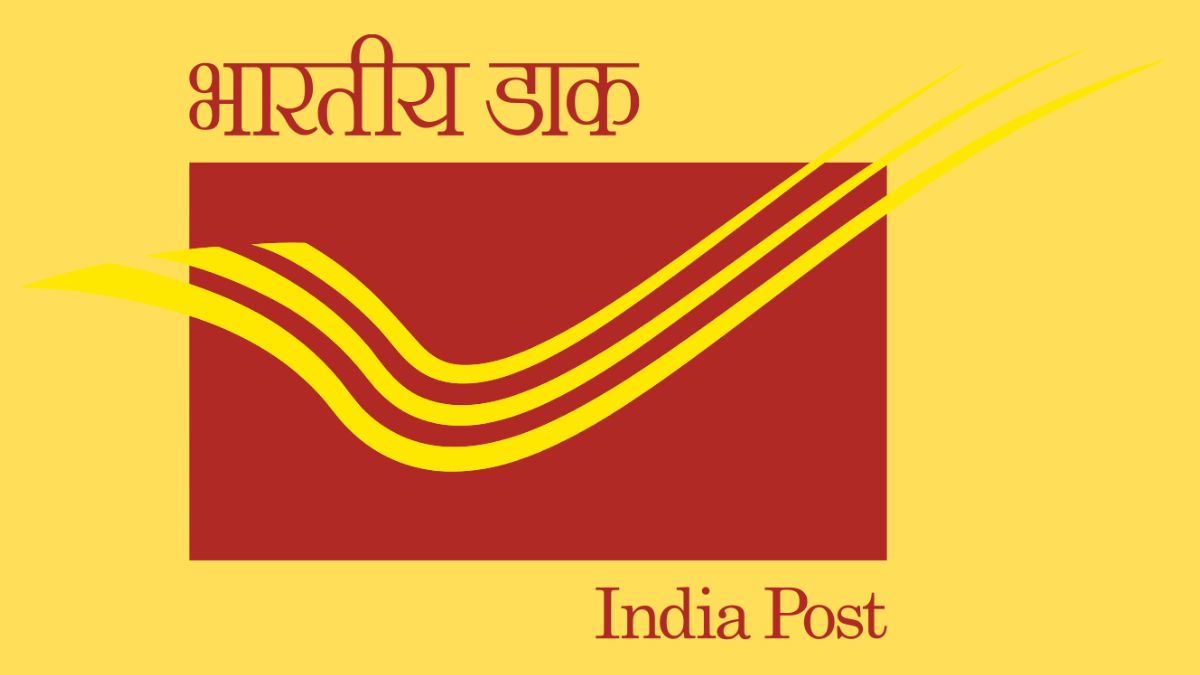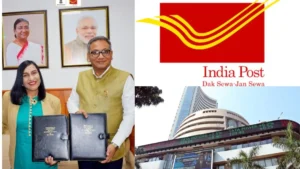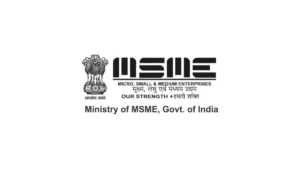In a major step towards enhancing rural telecom connectivity, the Department of Posts (DoP) and Bharat Sanchar Nigam Limited (BSNL) signed a strategic Memorandum of Understanding (MoU) on 17 September 2025 in New Delhi. This agreement aims to transform India’s vast postal network into last-mile service points for SIM sales and mobile recharge services, aligning with the objectives of Digital India and financial inclusion.
Key Objectives of the MoU
Expanding BSNL’s Reach
The MoU enables BSNL to leverage the 1.65 lakh+ post offices across India—most of which are in rural and semi-urban areas—to offer,
- BSNL SIM card sales
- Mobile recharge services
- Customer onboarding for BSNL services
The move is designed to address the digital divide, especially in remote and underserved regions.
Terms and Implementation
- The agreement is valid for one year from 17.09.2025
- It is subject to renewal based on performance
- Includes joint monitoring, monthly reconciliation, and data privacy safeguards
Pilot Success and National Rollout
Assam Pilot as Proof of Concept
The initiative was successfully piloted in Assam, where it demonstrated strong uptake. The model has now been deemed scalable for nationwide rollout, strengthening citizen access to digital infrastructure.
Role of Each Partner
BSNL will provide,
- SIM card stock
- Technical support and training
India Post will,
- Act as Point of Sale (PoS)
- Facilitate secure customer transactions
Static Facts
- Date Signed: 17 September 2025
- Location: New Delhi
- Signatories
- Ms. Manisha Bansal Badal, DoP
- Shri. Deepak Garg, BSNL
- Network Coverage: 1.65 lakh+ India Post offices
- Pilot Region: Assam



 Department of Posts and BSE Sign MoU to ...
Department of Posts and BSE Sign MoU to ...
 MSME Ministry Signs MoU with Amazon For ...
MSME Ministry Signs MoU with Amazon For ...
 India and Liberia Sign MoU to Boost Coop...
India and Liberia Sign MoU to Boost Coop...







